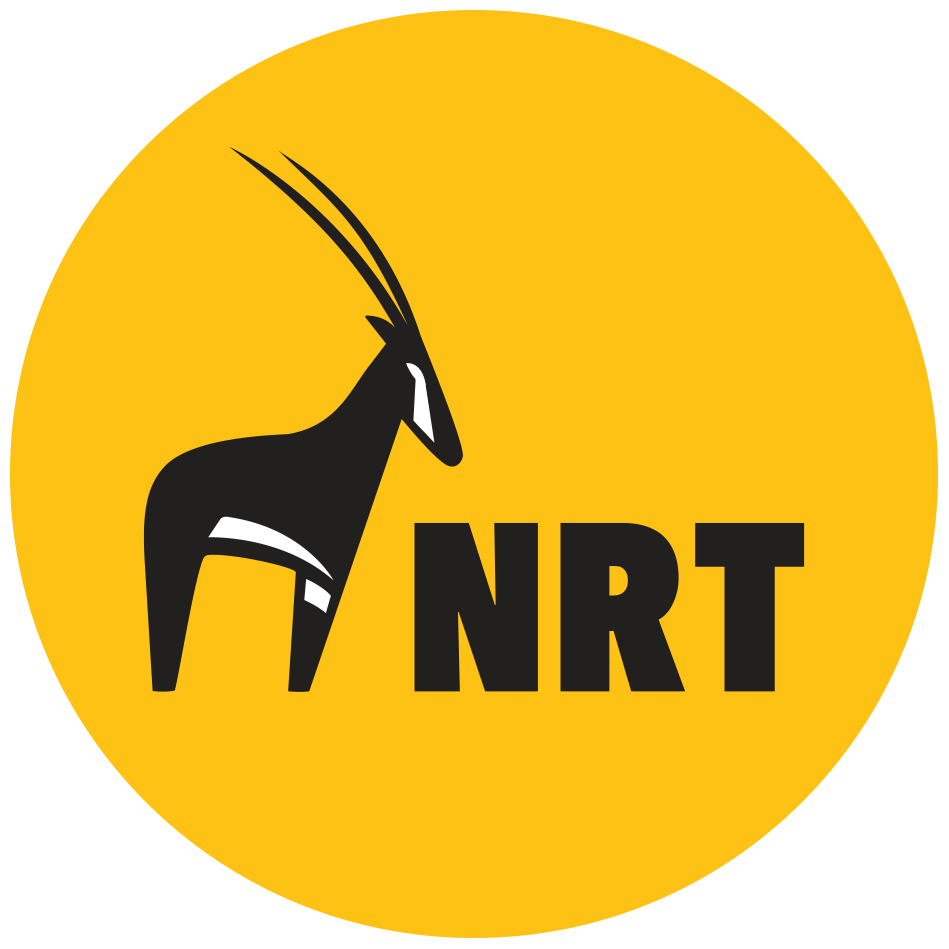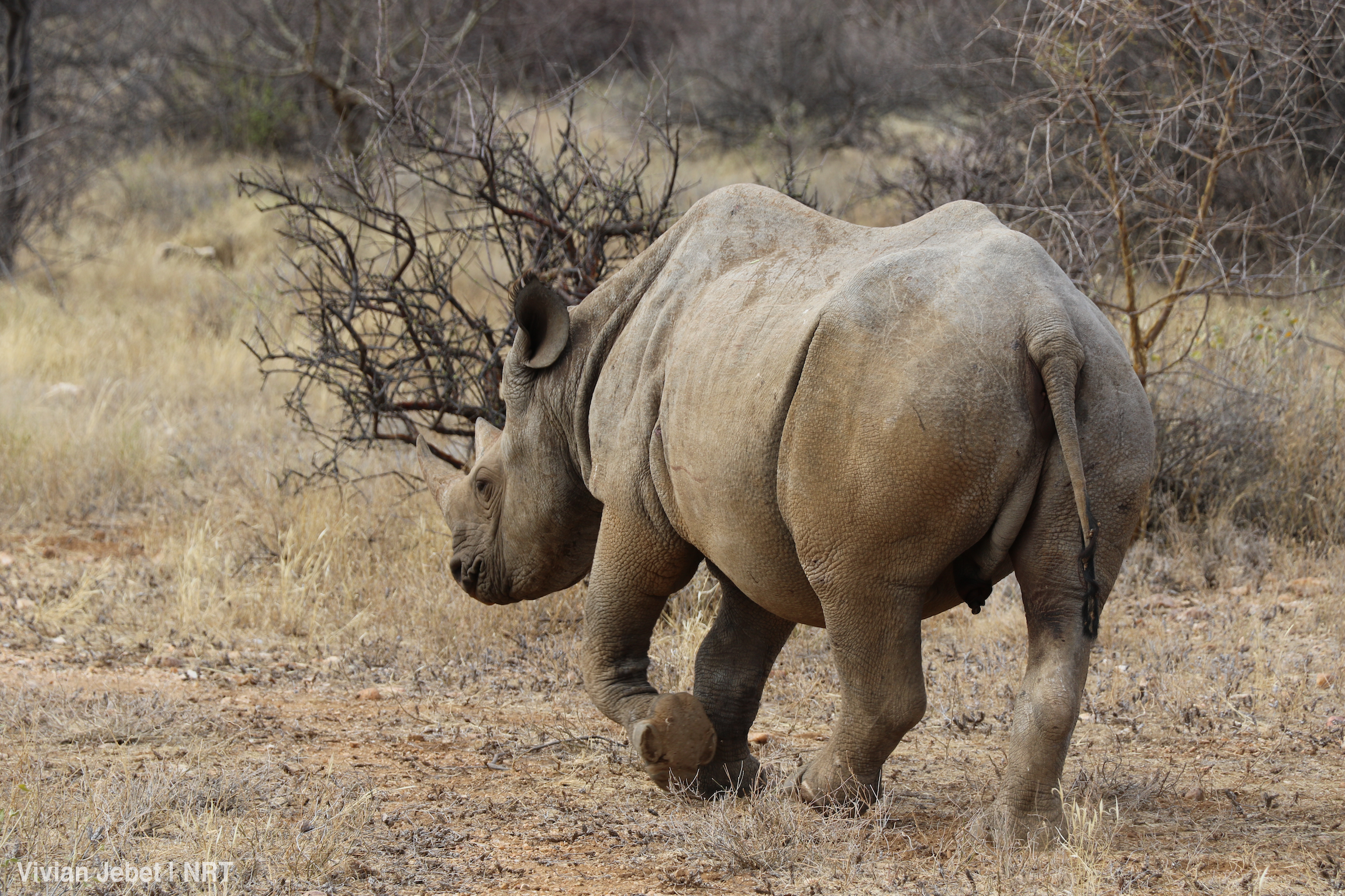Spotlight on Sera for World Rhino Day
“We sang, danced and the elders prayed and blessed the rhinos”
This World Rhino Day - September 22nd - we look at how the first community-owned black rhino sanctuary came to be.
By Vivian Jebet.
SERA RHINOS: Sera Community Conservancy is the only one in east Africa to host critically endangered black rhinos.
It’s noon and Mzee Master Leodip, 70, seeks refuge from the midday sun under a tree with four of his peers. They are playing Bao, a traditional mancala board played in most East Africa countries. Until recently however, this was an unusual way for men to pass the time, he says.
“If we were to go back to a time like this 25 years ago, I would have been alert sharpening my machetes waiting for a signal to track down stolen livestock” says Leodip. “Sometimes we weren’t sure if we will come back home.” His friends nod in support of his sentiments.
This area of Samburu used to be a battle ground, owing to a spiralling cycle of cattle theft between rival ethnic groups. For this reason, and the availability of a ready black market, poachers took advantage to harvest rhino horn. While in the 1980s there were still strong populations of black rhino in this region, prolonged conflict and hunting decimated populations, and the last one in the area is thought to have been killed in the early 1990s.
Leodip remembers seeing rhinos regularly while herding his family’s cattle as a young teenager. He recalls how unknown individuals would ask young boys where the rhinos drank water, giving them sweets for their information.
“The rhinos became fewer, and then they vanished, and we never saw them again until 2015,” Leodip says.
TIME TO PLAY: Mzee Master Leodip plays Bao with his friend. Days of conflict are behind them, he says.
That is because in 2015 Leodip’s community came together to establish the Sera Rhino Sanctuary - the first indigenous community-owned black rhino sanctuary in East Africa. Sera is now home to 17 critically endangered black rhinos, thanks to a concerted conservation effort between the indigenous communities, dedicated rangers and good partnership between the Northern Rangelands Trust (NRT), Kenya Wildlife Service (KWS) and partners including USAID, The Nature Conservancy, Fauna & Flora International, the Tusk Trust, San Diego Zoo, Saruni, WWF, and Save the Rhino among others.
The 10,700-hectare Sanctuary was born from the Sera Community Conservancy - which was established in 2001 to bring peace among the warring ethnic groups, and connect conservation to improved livelihoods for Sera’s people.
“I had never seen a rhino before 2015 when they were brought back to our land,” says Sera Community Conservancy member Ntelei Leliko, a mother of five children who lives in Serelongoi village.
Leliko, who is now 48, used to hear stories about the existence of this strange creature - the black rhino - roaming her area, and passed these stories on to her children. In 2015 her family finally got the chance to see them in the flesh, when ten rhinos were transferred from other areas in Kenya to the newly opened Sera Rhino Sanctuary.
“We sang, danced and the elders prayed and blessed the rhinos,” she recalls, saying how the community felt happy seeing the rhinos back again in their land.
A NEW RHINO CHAMPION: Ntelei Leliko had never seen a rhino before her community established the Sera Rhino Sanctuary, to bring back the critically endangered animal to where it once roamed abundant.
These iconic species have since provided the community with revenue for livelihoods projects, as well as job opportunities. Currently there are 82 local people recruited by the Sera Conservancy, and tourism revenue from Saruni Rhino has provided support for education and small business generation projects.
“We (community) are happy that the rhinos were reintroduced in Sera, during translocation, we swore to help protect and conserve them for future generations,” says Leodip. To date, Sera has not lost a single rhino to poachers.
Reuben Lendira, the conservancy manager, attributed this success to the high level of protection offered by trained rangers, which in turn has led to increased overall community safety too, as well as overwhelming community support and pride.
“The community is leading this course; they usually report any illegal activity within the conservancy which we take seriously,” says Lendira.
DEDICATED: Sera rangers conduct daily patrols and anti-poaching operations, increasing security for the local communities as well as wildlife. Sera has not suffered a single poaching incident since inception.
With the birth of six rhinos since the successful translocation, Sera’s focus now is to grow the population of the critically endangered black rhinos and to protect their habitat.
Want more Rhino content? Check out USAID’s feature on Sera rhino Loijipu, and his adopted human mother Mary. ‘This Rhino Is My Son’
GROWING POPULATION: There are now 16 black rhinos in Sera, from a founder population of 10.






